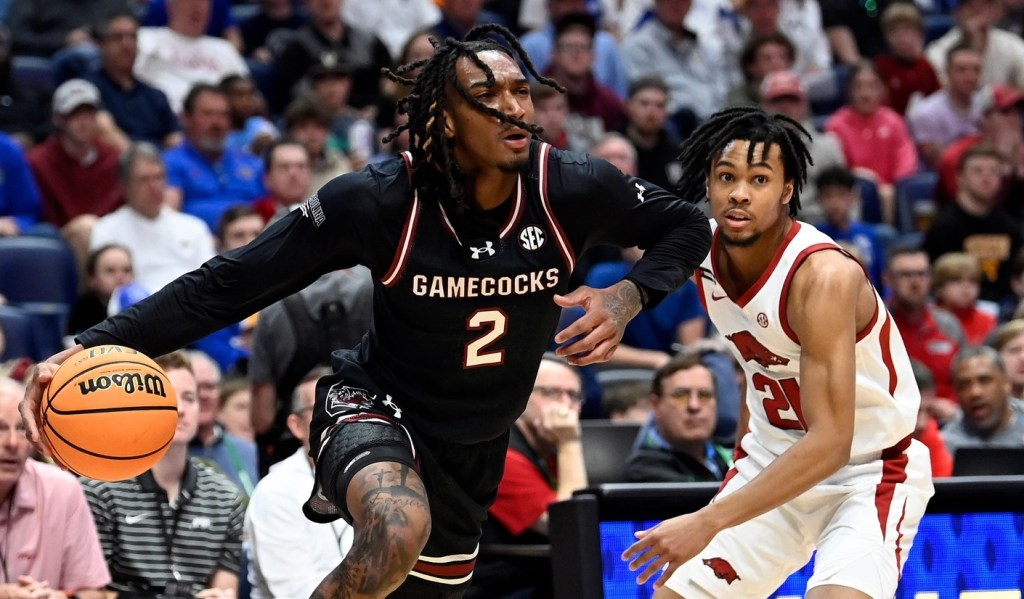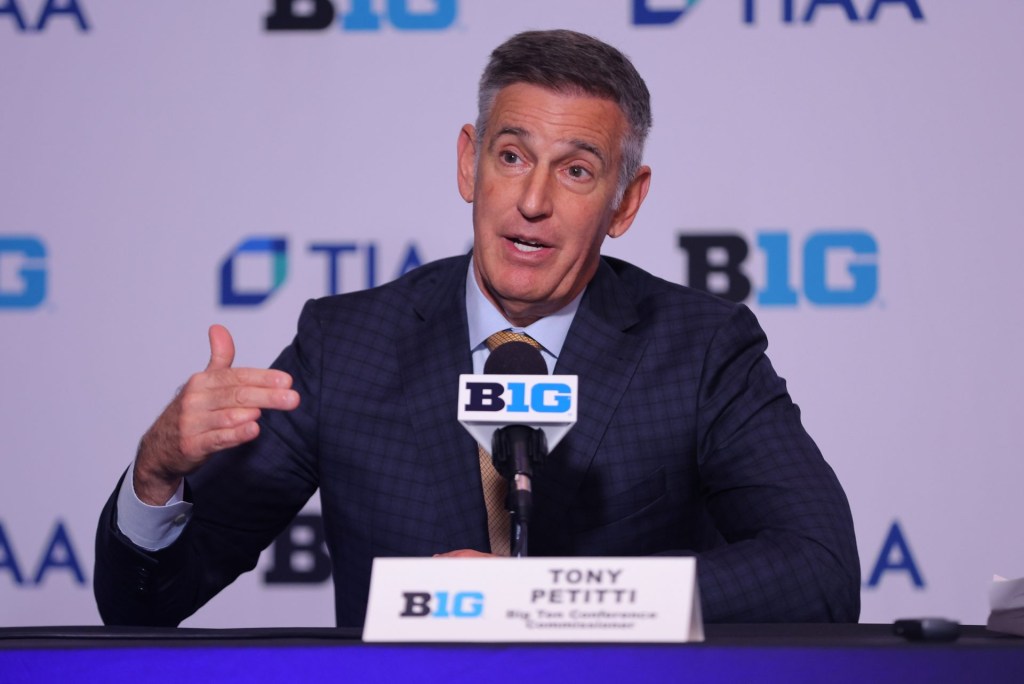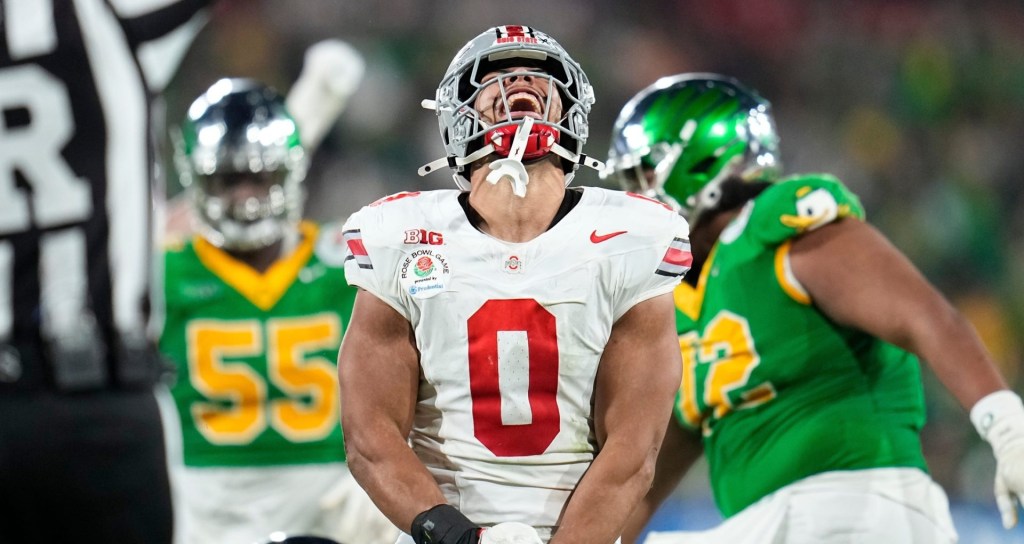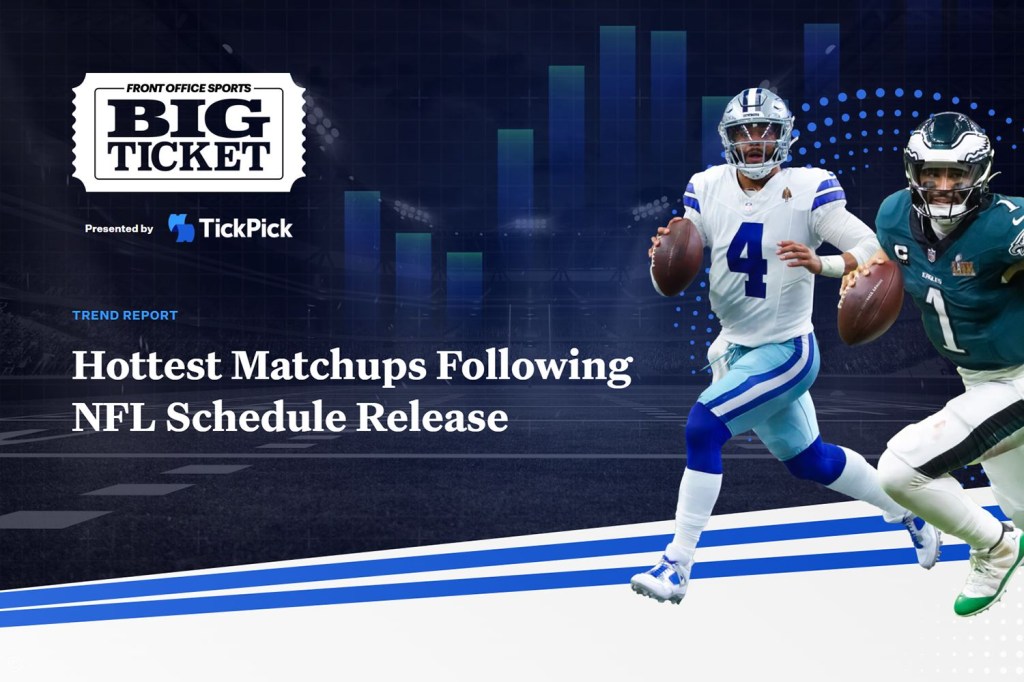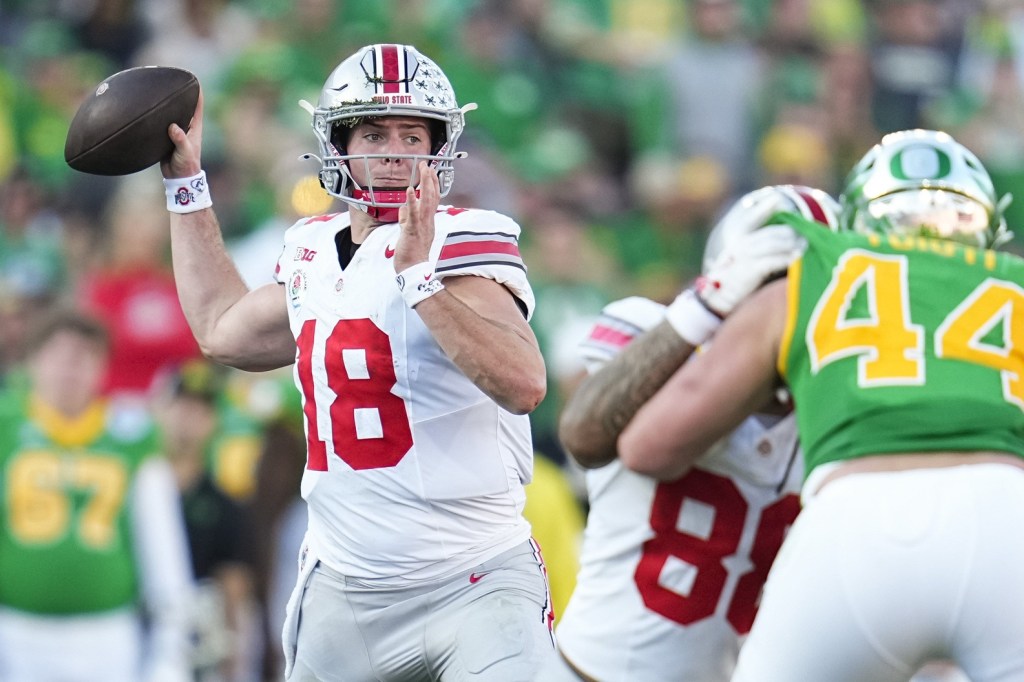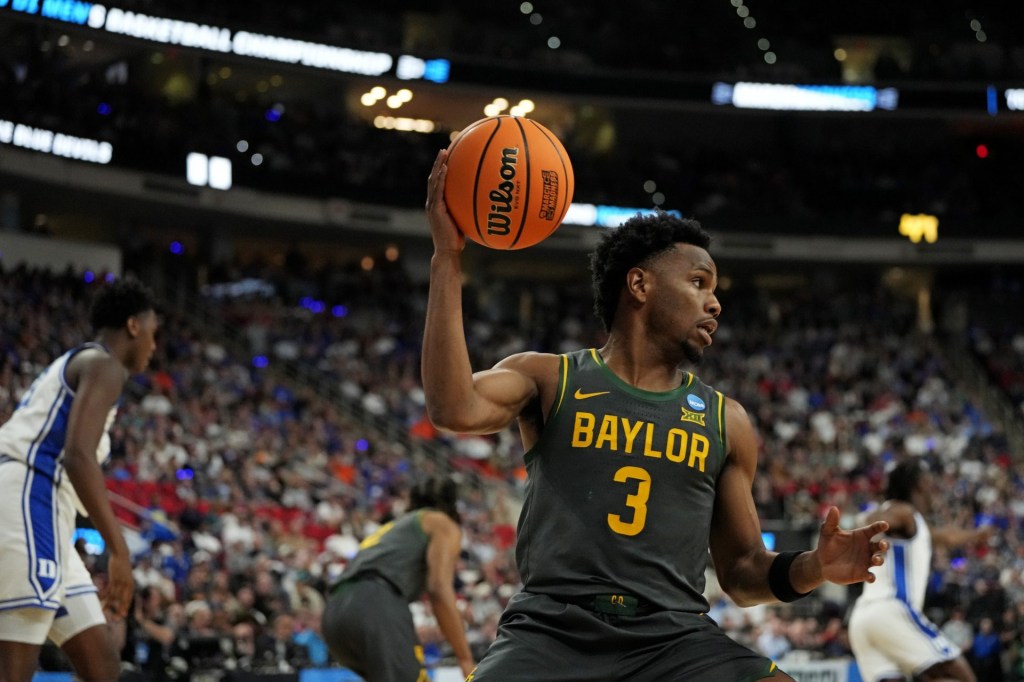Since the NCAA was forced to allow unrestricted transfers last year, thousands of athletes in football and basketball have utilized the transfer portal. But now, there’s a new trend fueling the ever-ballooning portal numbers: players without any remaining eligibility.
The NCAA currently allows four years of eligibility, with exceptions including redshirting (sitting out a season of play in order to extend eligibility) or the year of the COVID pandemic. All four years must be completed within five calendar years. But athletes are hopeful that those rules will change, submitting their names to the portal just in case they get lucky with lawsuits or more rule changes.
It’s unclear how many players in the transfer portal—the online database where players are registered to jump to different teams—are awaiting rule changes. But given that the portal numbers (at least in basketball) have reached a record high this year, it’s safe to say they’ve become yet another factor in the ballooning transfer market. Players have also flooded the spring football transfer portal window, which ends Tuesday.
Clemson men’s basketball player Ian Schieffelin, for example, tweeted that he had entered the portal while pursuing professional options. “I have been advised, due to pending NCAA cases, to enter the portal on the very outside chance more eligibility is allowed,” he wrote in a post Monday.
Schieffelin and other athletes in the transfer portal have reason to be hopeful: One federal case brought by several attorneys general in December 2023 forced the NCAA to create an unrestricted transfer portal; another brought by Vanderbilt quarterback Diego Pavia resulted in the NCAA changing its rule saying years played at junior college count against NCAA D-I eligibility.
There are currently at least half a dozen cases pending in federal court challenging various aspects of the NCAA’s eligibility rules. Elad v. NCAA, for example, challenges the NCAA’s rule that all four years of eligibility must be completed within five calendar years. Another case, Coley v. NCAA, argues that the NCAA’s rule limiting the number of years players can compete to four be slashed altogether.
Rumors have flown suggesting the NCAA could grant a fifth year of eligibility even without legal action, prompting still more players to enter the portal. However, the NCAA told CBS Sports Monday that there was no proposal on the table for a fifth year.
The lawsuits—and wave of players trying to take advantage of them—is, in many ways, the realization of the NCAA’s worst nightmare: a lack of control over its own rules. NCAA President Charlie Baker has voiced particular concerns over the NCAA’s inability to set and enforce its own eligibility rules.
“I’m worried now that we’ve discovered that five years to play four, which has been around since like 1905—is now suddenly questioned,” Baker told reporters at the men’s Final Four this month. “The next thing I’m worried about is some lawsuit that tethers academics completely off the whole athletic thing, which—I think that would be a crisis and a calamity.”
Baker went on to say that Congressional antitrust protections are the governing body’s last hope to have the legal authority to regulate the transfer portal. (The NCAA could also collectively bargain with players, as is the case in the pro leagues, but has refused to do so because that would require declaring athletes employees.) Until something changes, players in the portal can continue to hope.









